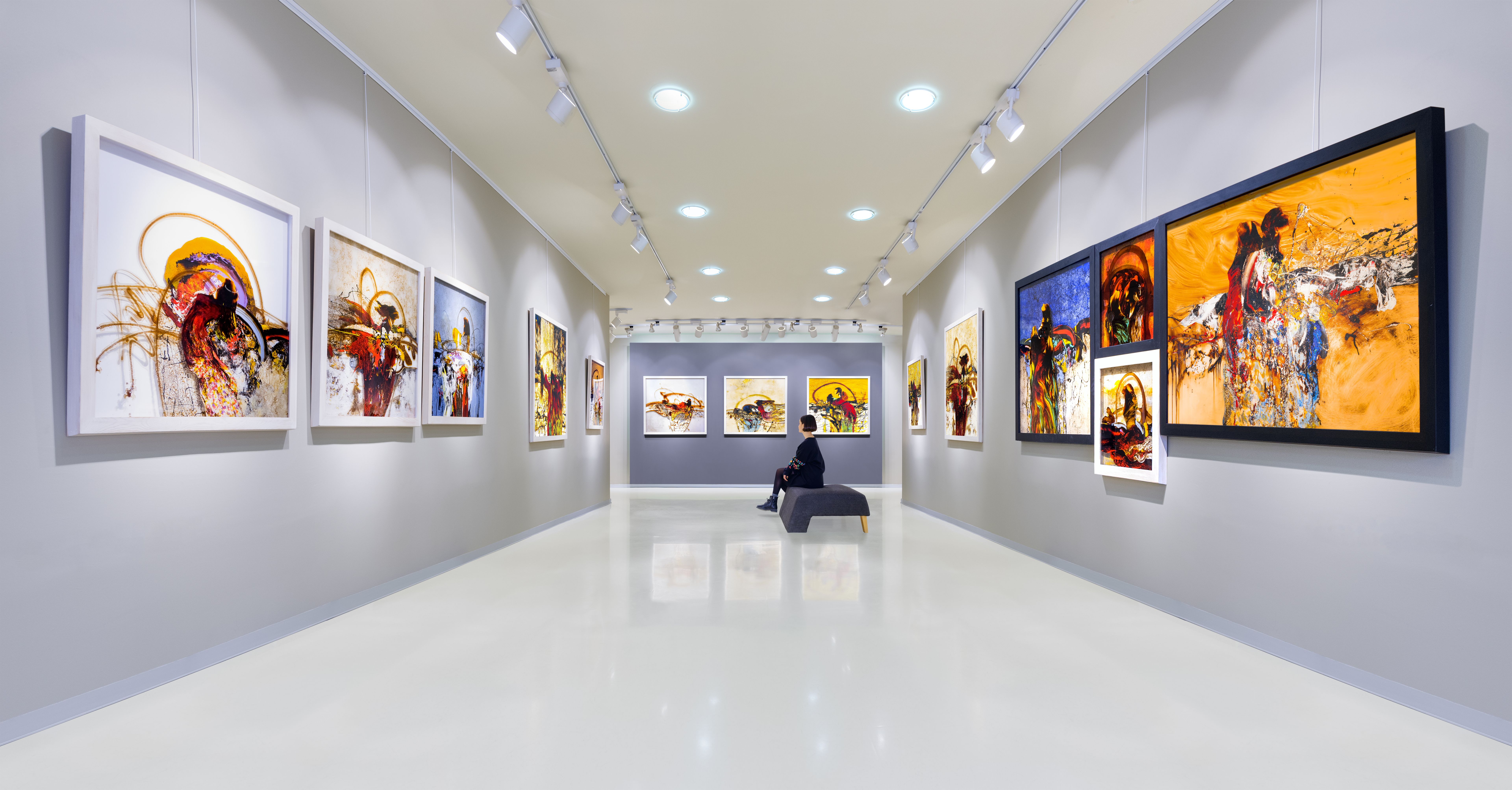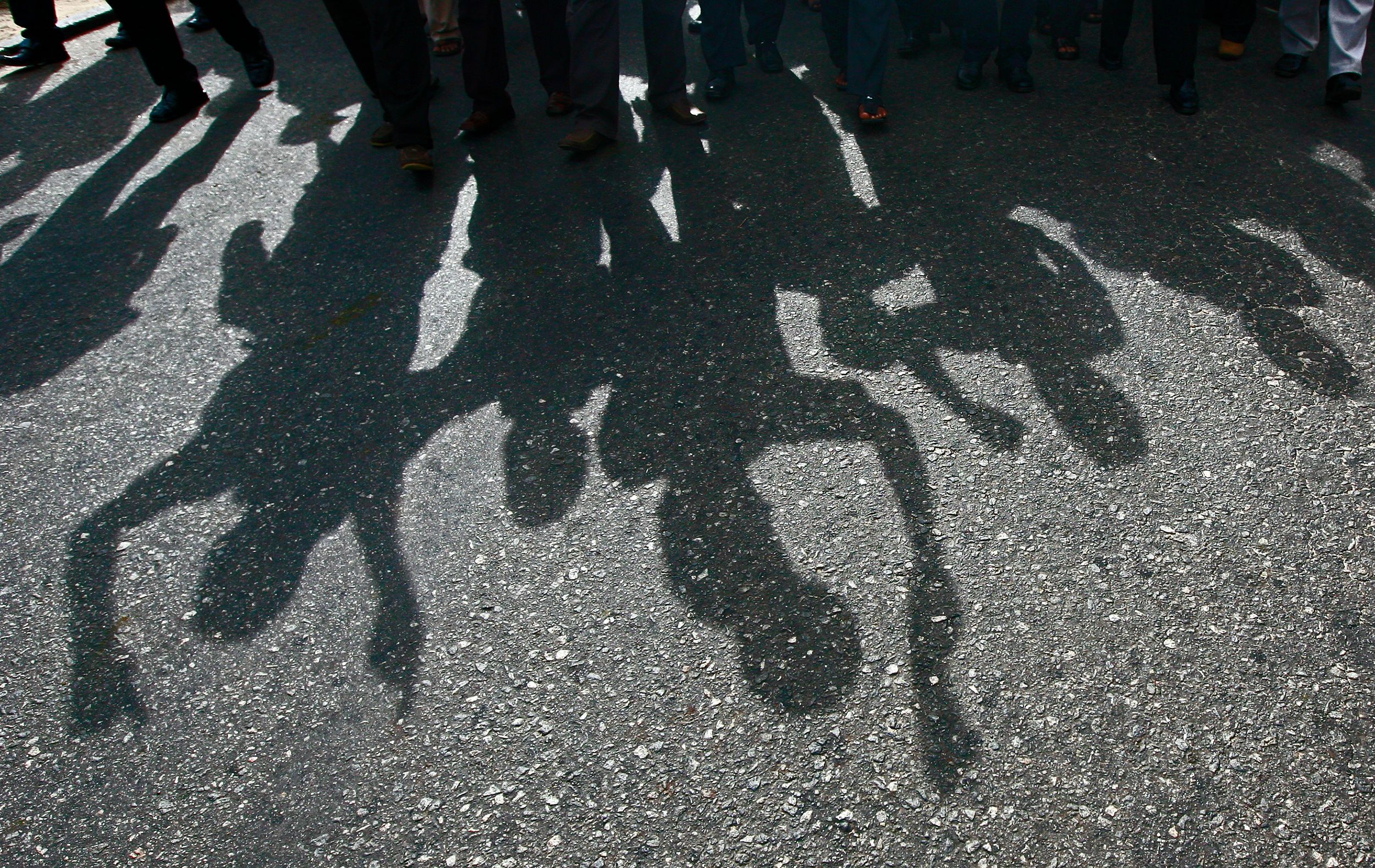Understanding Zeitgeist: Its Influence on Culture and Society
Understanding Zeitgeist
In a world that is constantly evolving, the concept of zeitgeist offers a fascinating lens through which we can examine the cultural and social dynamics of any given period. Derived from the German words "zeit" meaning time and "geist" meaning spirit, zeitgeist encapsulates the prevailing attitudes, ideas, and beliefs that define an era. It is the invisible force that shapes our collective consciousness, influencing everything from fashion and art to politics and technology.
Understanding zeitgeist is crucial for anyone interested in the cultural undercurrents that drive societal change. By examining the zeitgeist of a particular era, we can gain insights into the motivations and aspirations of people during that time, as well as the challenges they faced.

The Influence of Zeitgeist on Art and Fashion
Art is often considered a mirror of society, reflecting the zeitgeist of its time. Throughout history, artists have responded to the prevailing spirit of their age, whether by embracing it or challenging it. The Renaissance, for example, was characterized by a rebirth of classical ideas and an emphasis on humanism, while the avant-garde movements of the early 20th century sought to break away from traditional forms and explore new modes of expression.
Similarly, fashion is deeply intertwined with zeitgeist. Clothing trends often reflect societal changes, serving as a visual representation of the era's mood. The flapper dresses of the 1920s symbolized liberation and modernity, while the minimalist aesthetic of the 1990s echoed a cultural shift towards simplicity and efficiency.

Technological Advancements and Zeitgeist
Technological progress is another area heavily influenced by zeitgeist. Each technological breakthrough is not just a product of scientific innovation but also a response to societal needs and desires. The Industrial Revolution, for instance, was driven by a zeitgeist of progress and efficiency, leading to profound changes in manufacturing and transportation.
In recent years, the digital revolution has transformed how we communicate, work, and live. This shift reflects a zeitgeist that values connectivity and instant access to information. Social media platforms have become powerful tools for shaping public opinion and fostering global communities.

The Political Landscape and Zeitgeist
Politics is perhaps where zeitgeist is most visible. Political movements often arise in response to the dominant ideas of the time. The civil rights movements of the 1960s, for example, were born out of a zeitgeist that demanded equality and justice for all. Similarly, the environmental movements of today reflect a growing awareness of climate change and sustainability.
The influence of zeitgeist on politics is not limited to activism. It also shapes policy decisions and governmental priorities, as leaders seek to address the concerns and aspirations of their constituents.

Conclusion: The Ever-Changing Zeitgeist
As we move forward into an uncertain future, understanding zeitgeist remains as important as ever. By examining the spirit of our times, we can better navigate the complexities of modern life and anticipate the changes that lie ahead. Whether through art, technology, or politics, the zeitgeist continues to shape our world in profound ways.
Ultimately, grasping the concept of zeitgeist allows us to see beyond the surface of societal trends and delve into the deeper currents that drive human behavior. It is a reminder that while times change, the spirit of each era leaves an indelible mark on our collective history.